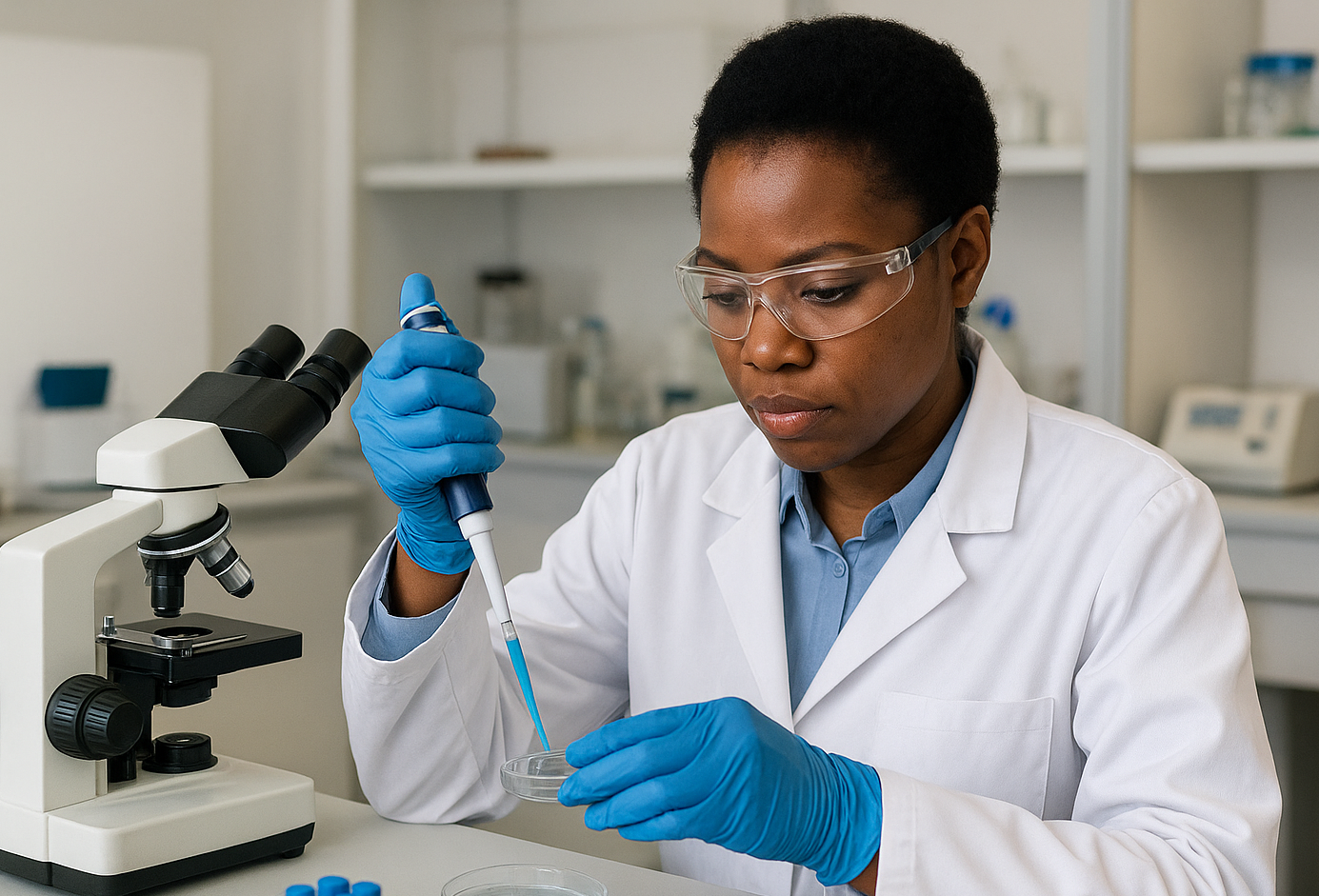
Tackling Antimicrobial Resistance: A call to action from the UNGA High-Level Meeting
Diagnostic labs are the frontline defenders in the battle against resistant pathogens
As Africa prepares for the Diagnostic, AMR Convention the continent faces a stark reality: antimicrobial resistance (AMR) is rising

In Summary

Audio By Vocalize

As Africa prepares for the Diagnostic and AMR Convention under the theme “Accelerating Diagnostic Innovation and Collaboration to Combat AMR and Advance Health Security in Africa,” the continent faces a stark reality: antimicrobial resistance (AMR) is rising fast, while the funding that built Africa’s diagnostic and surveillance foundations is rapidly disappearing.
AMR—when disease-causing organisms evolve to withstand life-saving medicines—continues to erode public health gains silently but relentlessly.
More than a million people already die each year from drug-resistant infections, and the burden is expected to double by 2050 if action is not urgently scaled.
Diagnostics sit at the centre of this challenge. They provide data that guide antimicrobial stewardship (AMS) and infection prevention and control (IPC).
Yet capacity remains extremely limited: only 1.3% of laboratories in Africa were found capable of conducting basic bacteriology testing, according to the MAAP analysis. Despite important progress over the past decade, most of Africa’s diagnostic and AMR surveillance systems were built through external funding.
Now, as global investment for health systems declines, with more than US$10 billion in cuts expected in 2025, these gains are at risk.
Africa is projected to be hit hardest. In 2025, 80% of the countries experiencing the largest cuts in health financing are in Africa, driven partly by major donors reprioritising development assistance. For AMR, the impact is especially severe.
The Fleming Fund; one of the most catalytic investments in AMR surveillance, laboratory strengthening, and workforce development across the continent, is winding down.
Yet only 5% of African countries currently have adequately funded AMR action plans, and few have structured domestic financing to sustain AMR systems when donor support ends.
This gap reflects a deeper systemic issue. AMR and diagnostics have never been fully recognised as pillars of Africa’s health security architecture.
While COVID-19 triggered massive emergency spending, the slow-burn pandemic of AMR has struggled to attract similar political urgency, even though AMR is projected to cause more deaths than HIV, TB, and malaria combined by 2050.
Diagnostics remain one of the most underfunded components of African health systems. Many facilities lack functional microbiology laboratories, equipment, reagents, or quality assurance systems. In the absence of diagnostics, clinicians are forced to rely on empirical prescribing, fueling inappropriate antibiotic use and accelerating resistance.
Data systems face similar constraints: laboratory information systems, genomic platforms, and AMR dashboards remain fragmented and heavily donor driven. Without sustained investment, Africa risks losing essential AMR data streams that support national decision-making and global early warning systems.
The consequences of these funding cuts are profound. Clinicians will increasingly treat blindly, leading to more treatment failures. Neonatal sepsis, pneumonia, surgical infections, and typhoid will become harder to manage as resistant strains spread.
Essential and reserve antibiotics will become even harder to procure. Surveillance sites may close, reducing the continent’s ability to detect emerging threats. Health workers, already overstretched, will carry even heavier burdens. And inequities will widen, with rural and under-resourced regions suffering the most.
Yet there is a path forward. AMR and AMS, when supported by diagnostics, strengthen the foundations of quality care: accurate diagnosis, rational prescribing, IPC, supply chain integrity, and clinical governance.
These are the same building blocks required for pandemic preparedness. Investing in AMR is therefore an investment in Africa’s health security.
To protect existing gains, African governments must prioritise AMR and diagnostics within national health budgets rather than relying on external cycles of funding. Countries can adopt minimum essential laboratory packages, such as those developed by ASLM, to maintain core functions during funding transitions.
Regional bodies, including the AU, Africa CDC, ASLM, and ECSA-HC, must champion pooled investments, innovation funds, and African-led solutions. Global partners, including the Global Fund, should be engaged to sustain critical AMR functions while domestic financing grows.
The upcoming Diagnostic and AMR Convention offers a timely platform to confront these realities. Africa’s AMR challenge is no longer a distant threat, is a present and growing crisis. Sustaining the systems that protect the continent from drug-resistant infections is not just a technical necessity; it is a generational responsibility.
Africa
must act now—before hard-won gains are lost.

Diagnostic labs are the frontline defenders in the battle against resistant pathogens